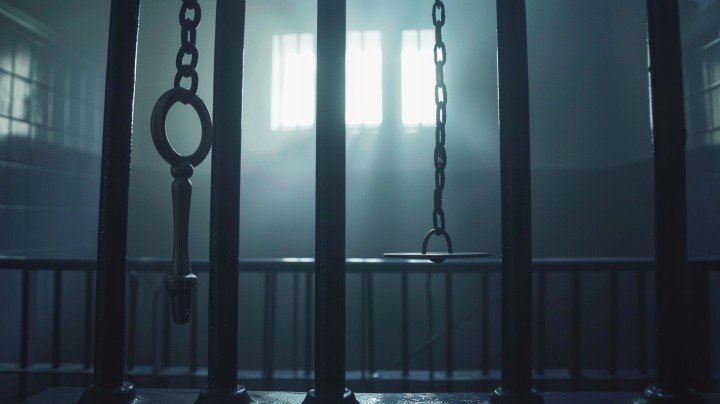How Does Bail Affect the Incarceration Rate?
The relationship between bail practices and the incarceration rate is a critical issue in the criminal justice system. Understanding how bail affects the number of people incarcerated can shed light on broader societal impacts, such as economic costs, social justice, and public safety.
The Purpose and Mechanism of Bail
Bail is a financial arrangement set by the court to ensure that a defendant appears for their court dates while remaining free during the pretrial period. It serves as a form of insurance: the defendant pays a specified amount of money, which they forfeit if they fail to appear in court.
Types of Bail
- Cash Bail: The defendant pays the full bail amount in cash.
- Surety Bond: A bail bondsman pays the bail amount, charging a fee (usually 10-15% of the total bail).
- Release on Own Recognizance (ROR): The defendant is released without paying bail, based on their promise to return for court.
- Property Bond: The defendant uses property as collateral to secure bail.
Determining Bail Amounts
The bail amount is typically set based on several factors:
- Severity of the Crime: More serious crimes often result in higher bail.
- Defendant’s Criminal History: Repeat offenders might face higher bail.
- Flight Risk: Those deemed likely to flee may have higher bail amounts.
- Public Safety: If the defendant poses a danger to the community, bail might be set higher or denied.
Impact of Bail on Incarceration Rates
Pretrial Detention
When defendants cannot afford bail, they remain in jail until their trial. This pretrial detention contributes significantly to the overall incarceration rate. Several studies have shown that pretrial detainees make up a large proportion of the jail population.
Economic Disparities
The bail system disproportionately affects low-income individuals. Those unable to afford bail are more likely to remain incarcerated, leading to job loss, housing instability, and additional financial burdens. This economic disparity often results in higher incarceration rates among marginalized communities.
Case Outcomes
Studies indicate that defendants who are detained pretrial are more likely to:
- Plead Guilty: To expedite their release, even if innocent.
- Receive Longer Sentences: Compared to those who are released on bail.
- Face Conviction: Due to the disadvantage of preparing for trial while incarcerated.
Recidivism Rates
Pretrial detention has been linked to higher recidivism rates. Defendants held in jail are more likely to reoffend, perpetuating the cycle of incarceration. This is attributed to the destabilizing effects of detention, such as loss of employment and community ties.
Reforming Bail Practices
Several jurisdictions have begun to reform bail practices to reduce unnecessary pretrial detention and its associated costs. These reforms include:
Bail Reform Initiatives
- Risk Assessment Tools: Using data-driven tools to assess a defendant’s risk of flight and danger to the community.
- Bail Reduction Programs: Offering lower bail amounts for non-violent offenders.
- Eliminating Cash Bail: For certain misdemeanors and non-violent felonies, shifting towards ROR.
- Pretrial Services: Providing support services such as court reminders and transportation to ensure defendants appear for their court dates.
Success Stories
- New Jersey: Implemented comprehensive bail reform in 2017, replacing cash bail with a risk-based system. As a result, the pretrial jail population decreased by 20%.
- California: Passed legislation to eliminate cash bail for many offenses, focusing on risk assessment instead.
- New York City: Expanded the use of ROR and supervised release programs, resulting in a significant drop in the pretrial jail population.
Challenges and Criticisms
Public Safety Concerns
Opponents of bail reform argue that releasing defendants without financial incentives increases the risk of failure to appear and reoffending. However, studies from jurisdictions that have implemented reforms show that these fears are largely unfounded.
Implementation Issues
Effective bail reform requires:
- Comprehensive Training: For judges and law enforcement on new procedures.
- Sufficient Funding: For pretrial services and risk assessment programs.
- Community Support: Ensuring the public understands the benefits of reform.
Conclusion
The relationship between bail and incarceration is complex and multifaceted. Reforming bail practices can significantly reduce unnecessary pretrial detention, promote fairness in the justice system, and lower the overall incarceration rate. As more jurisdictions adopt and refine these reforms, the benefits become increasingly evident, showcasing the potential for a more equitable and effective criminal justice system.






